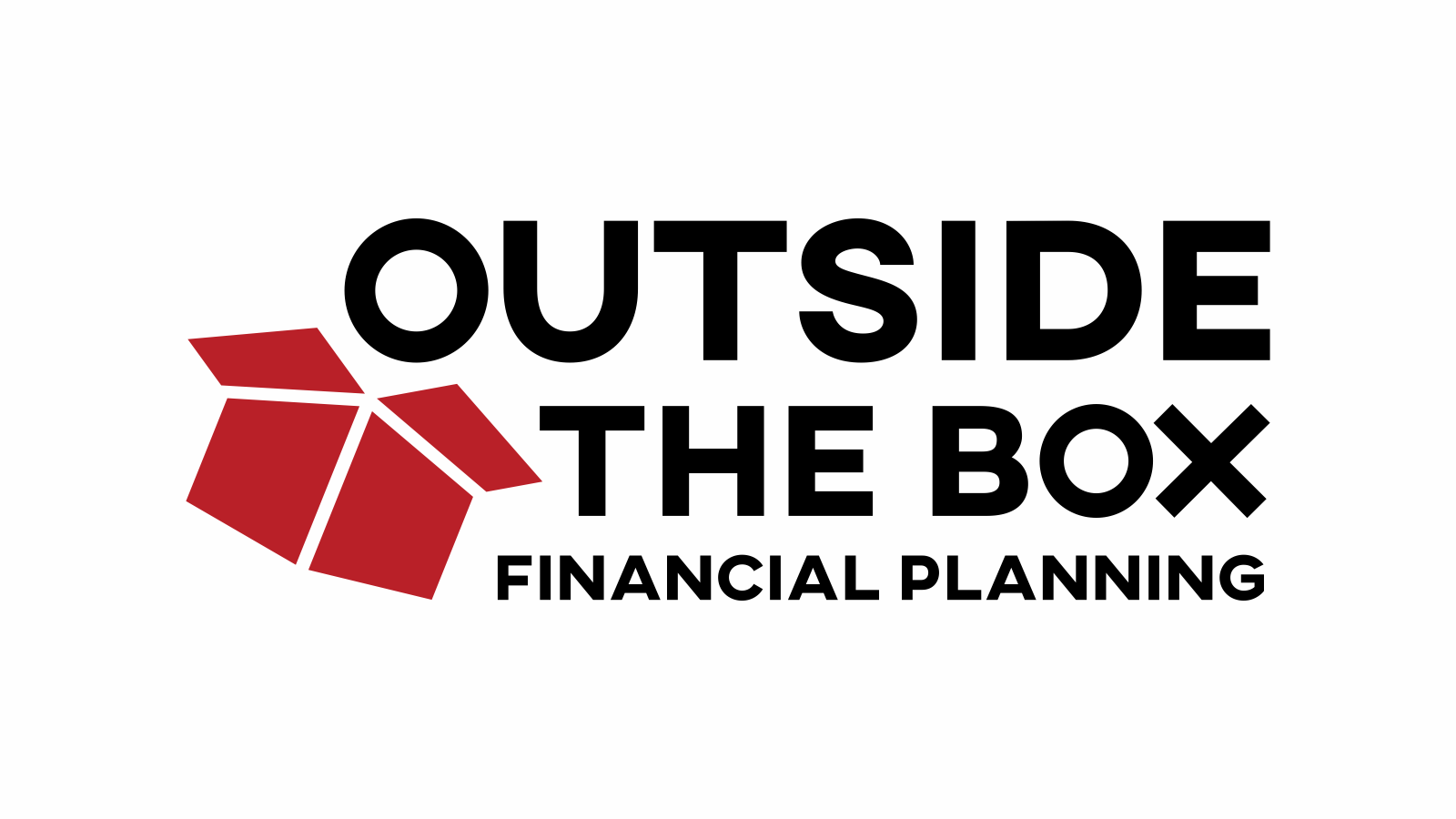Paying for college can feel a lot like preparing for a long road trip. You want to make sure you have a full tank of gas, a clear map, and a plan for the unexpected detours that might come your way. As a financial advisor, I've seen many parents hit bumps in the road when it comes to funding their children's education. Here are some common financial mistakes to avoid to ensure your journey is as smooth as possible.
Mistake 1: Not Starting Early Enough
Think of saving for college like planting a tree. The best time to plant it was 20 years ago; the second-best time is now. Many parents delay saving for college until their child is in high school, but by then, they’ve missed out on years of potential growth. Starting early, even with small amounts, can make a big difference thanks to the power of compound interest. Consider opening a 529 savings plan when your child is young, and contribute regularly. This will give your savings time to grow, like a tree growing taller and stronger over the years.
Mistake 2: Ignoring scholarships and grants
Imagine leaving a coupon on the kitchen counter before heading to the store, only to realize at the checkout that you could have saved a bundle. Scholarships and grants are like those forgotten coupons. Many families don’t put in the effort to research and apply for these opportunities, missing out on free money that can significantly reduce college costs. Encourage your child to apply for as many scholarships and grants as possible. Every little bit helps, and it can add up to substantial savings.
Mistake 3: Underestimating the total cost of college
Planning for college is not just about tuition; it’s also about books, housing, meals, and other living expenses. It’s like budgeting for a vacation but forgetting to account for meals, souvenirs, and excursions. Make sure you consider all aspects of college costs to avoid being blindsided by unexpected expenses. Create a comprehensive budget that includes tuition, fees, room and board, textbooks, transportation, and personal expenses.
mistake 4: relying too heavily on student loans
Taking out student loans can be tempting, much like using a credit card to pay for a big purchase. It’s easy to swipe the card and worry about paying it off later. However, loans need to be repaid with interest, and relying too heavily on them can lead to a mountain of debt after graduation. Encourage your child to consider work-study programs, part-time jobs, and other means of earning money to reduce the need for loans. If loans are necessary, exhaust federal loan options first, as they typically offer better terms than private loans.
Mistake 5: not considering return on investment
Sending your child to college is an investment in their future, much like buying stock and bonds or starting a business. You want to ensure that the investment will pay off. Research potential colleges and their programs to understand the return on investment (ROI). Look into graduation rates, average starting salaries for graduates, and job placement rates. This can help you and your child make informed decisions about which schools and programs offer the best value.
mistake 6: forgetting to plan for financial aid
Navigating the financial aid process can feel like trying to put together a puzzle without all the pieces. Many families don’t take full advantage of available financial aid because they don’t understand the process or miss important deadlines. Complete the Free Application for Federal Student Aid (FAFSA) as soon as possible after October 1 of your child’s senior year of high school. This will determine your eligibility for federal aid, including grants, work-study programs, and loans. Some states and colleges also use FAFSA information to award their own aid, so don’t miss out.
Mistake 7: neglecting to have the “money talk” with your child
Talking about money with your child can be as uncomfortable as discussing the birds and the bees, but it’s just as important. Many parents avoid this conversation, leading to misunderstandings and unrealistic expectations. Be open and honest about what you can afford and the importance of making wise financial decisions. Discuss the implications of taking on debt, the value of budgeting, and the importance of working while in school. Preparing your child for the financial realities of college will set them up for success.
mistake 8: overlooking the impact on your retirement
Remember, saving for college shouldn’t come at the expense of your retirement. It’s like putting all your energy into building a college fund while neglecting to maintain your own home. Your child can take out loans for college, but you can’t take out loans for retirement. Make sure you’re contributing enough to your retirement accounts and consider seeking the help of a financial advisor to balance both goals effectively.
Mistake 9: not exploring all college payment options
Paying for college doesn’t have to be a one-size-fits-all approach. It’s like shopping for a car: you wouldn’t just go with the first model you see without comparing options. Explore all possible payment options, including tuition payment plans offered by many colleges. These plans can spread out payments over several months, making it easier to manage cash flow without taking on debt. Additionally, look into tax credits and deductions available for education expenses, such as the American Opportunity Tax Credit and the Lifetime Learning Credit.
mistake 10: overestimating future earnings
It’s easy to assume that your child will land a high-paying job right after graduation, but this can be as risky as betting on a lottery ticket. Be realistic about potential earnings and job prospects in your child’s chosen field. Encourage them to pursue internships, co-op programs, and networking opportunities while in school to enhance their employability after graduation. A practical approach to career planning can help manage expectations and financial planning.









































































